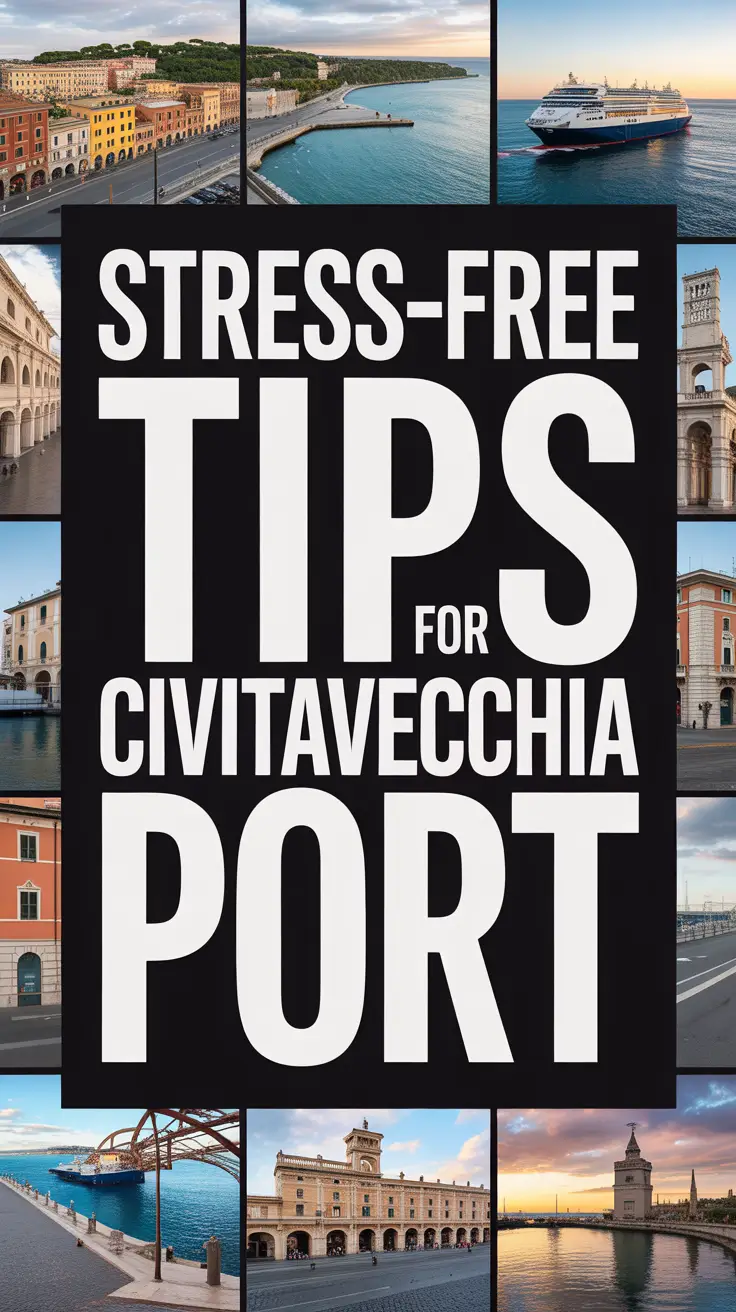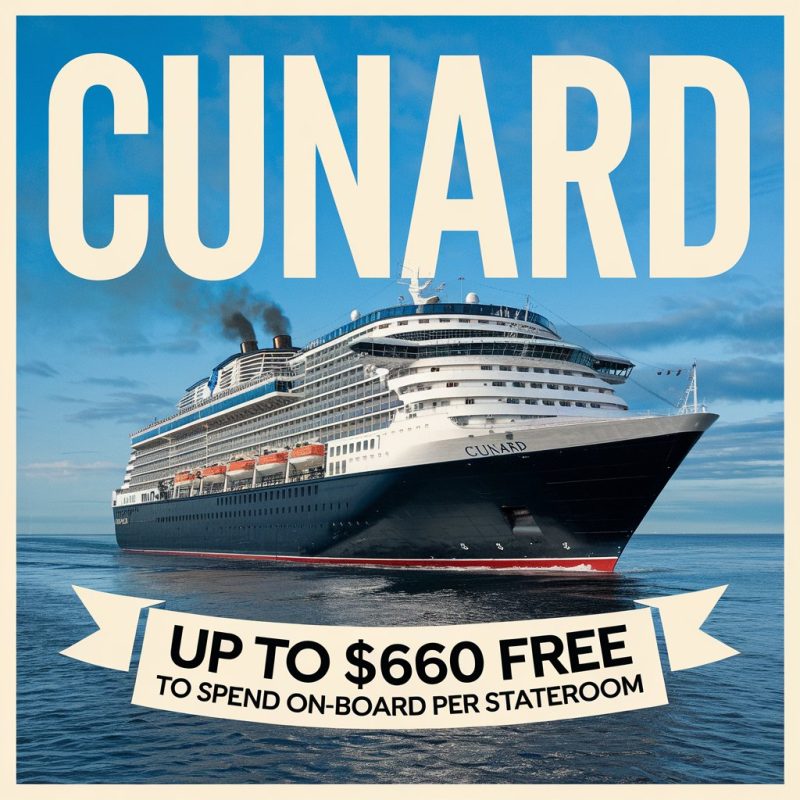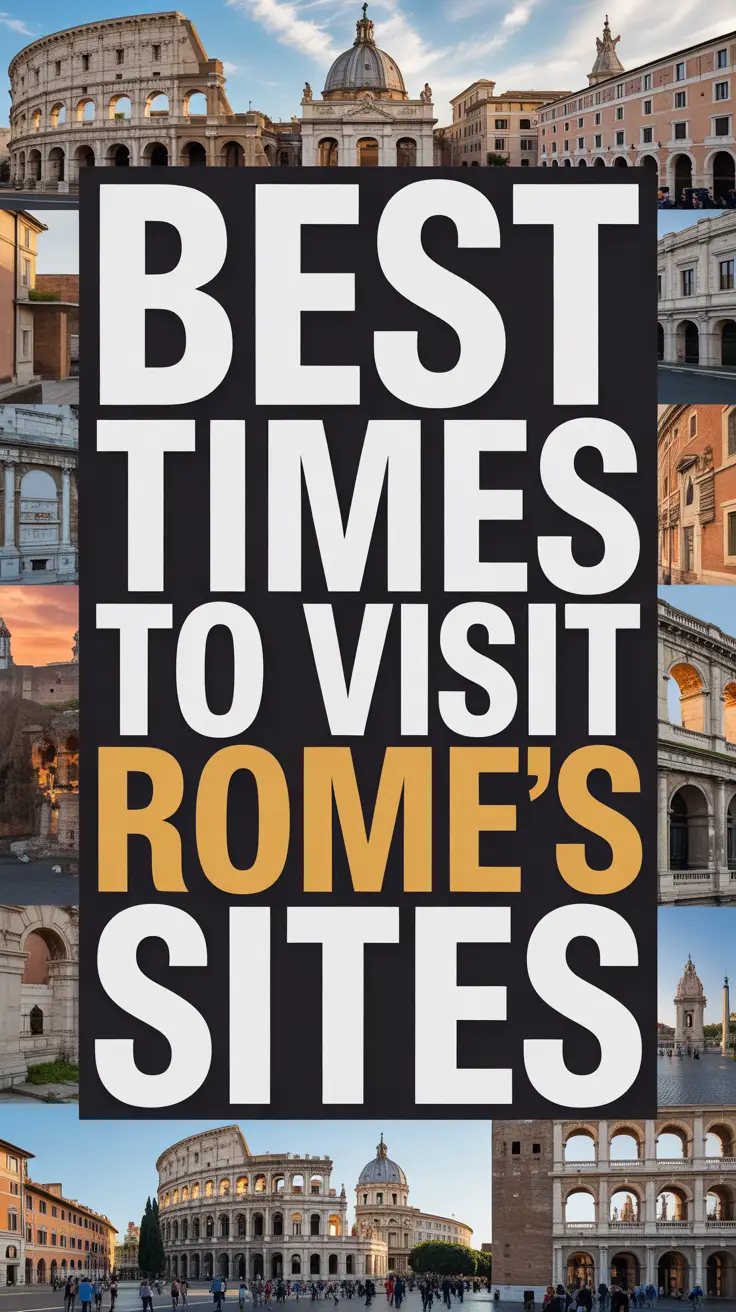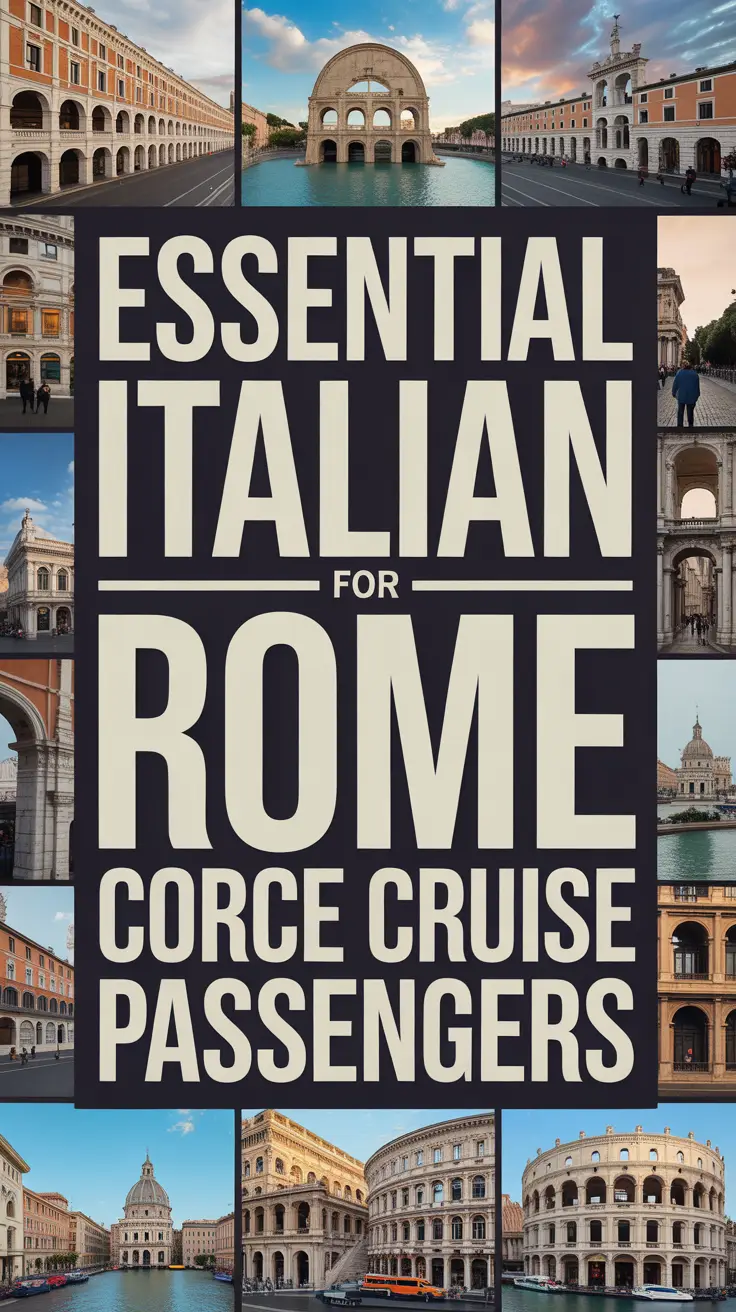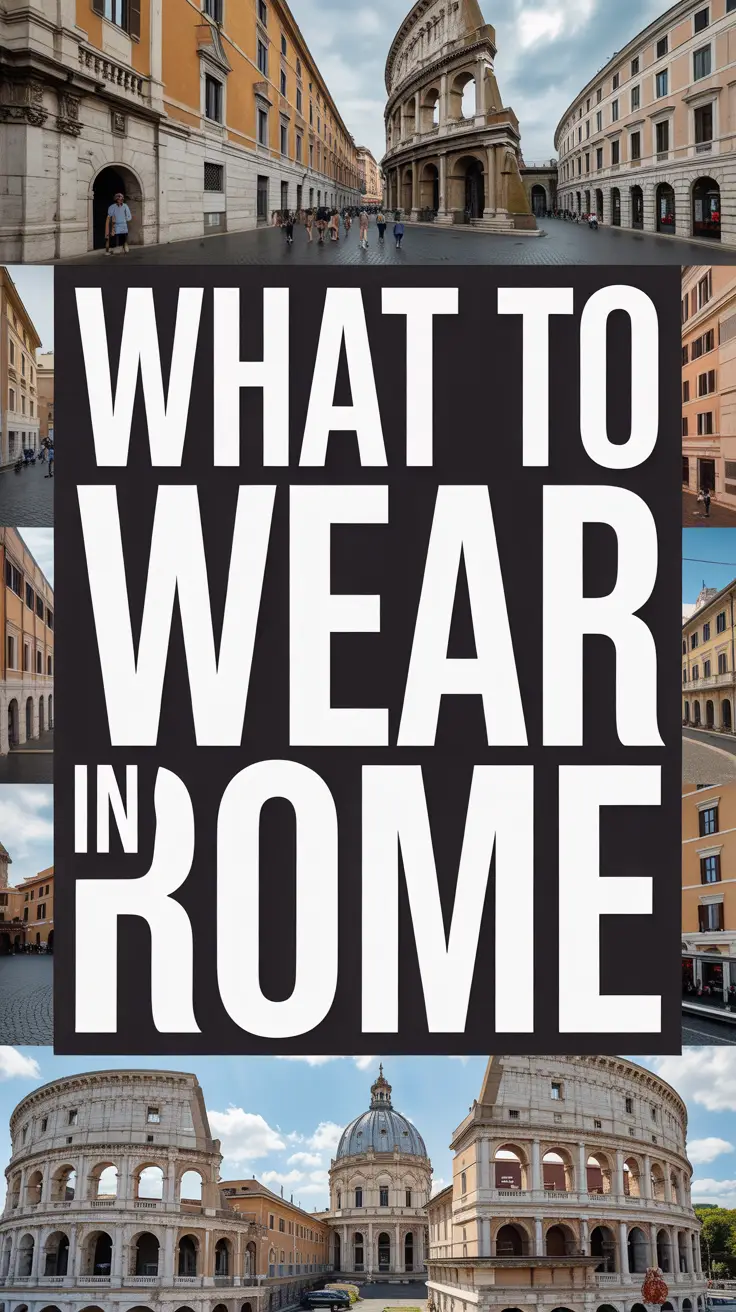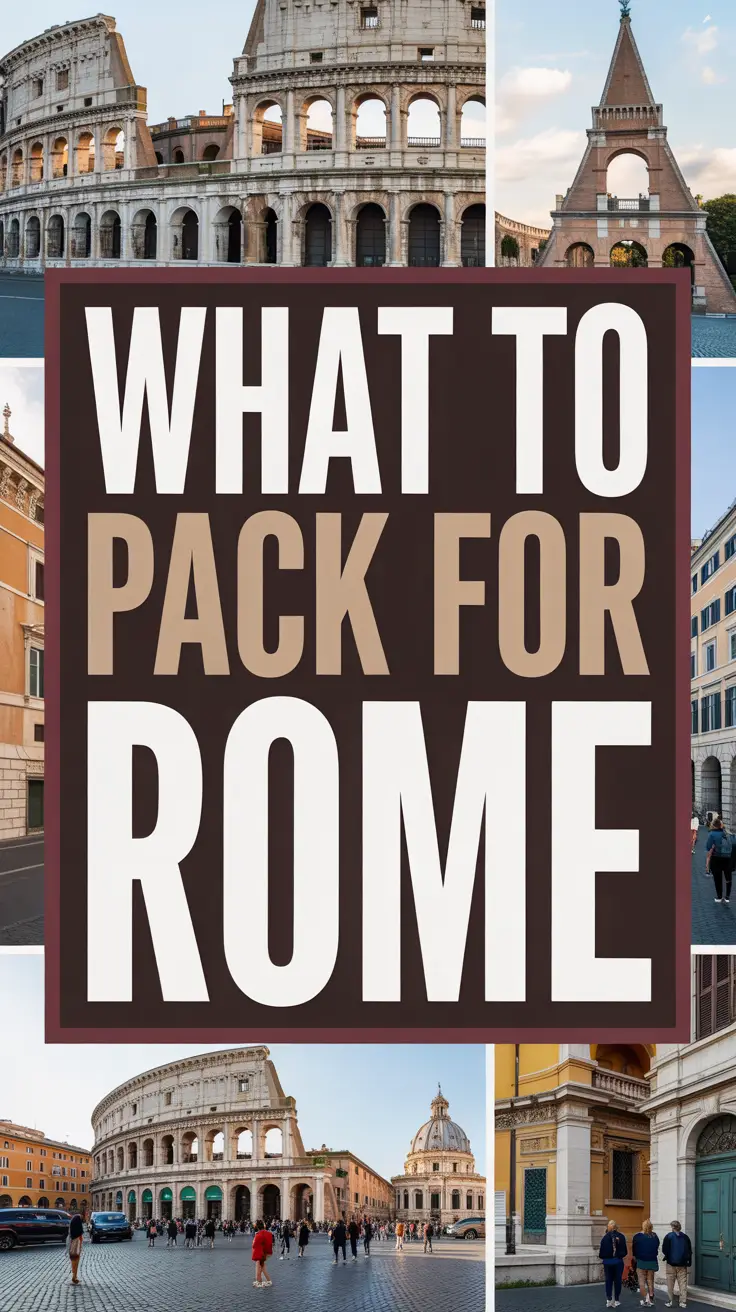Getting Through Civitavecchia Port Without the Stress
Civitavecchia port, Rome’s nautical gateway, can either be your smooth sailing introduction to the Eternal City or a logistical nightmare that leaves you questioning your cruise booking decisions. After countless transits through this bustling Italian port, I’ve mastered the art of navigating its quirks, crowds, and surprisingly delightful surprises.
Know Before You Go: Port Essentials
Civitavecchia isn’t just another port—it’s a 2,000-year-old harbor that’s been welcoming travelers since Emperor Trajan’s time. Today’s modern Port of Civitavecchia handles over 2.5 million cruise passengers annually, making it one of the Mediterranean’s busiest cruise terminals.
The port features multiple terminals spread across a considerable distance. Terminal assignments often change last minute, so that pre-cruise research showing your ship at Terminal A might be worthless when you arrive to find it docked at Terminal D—a scenic 15-minute walk away with luggage in tow.
Arrival Strategies That Actually Work
Here’s what cruise lines won’t tell you: arriving at Civitavecchia requires military-level precision timing. Too early, and you’ll join the parade of confused passengers dragging suitcases around closed terminals. Too late, and you’ll be sprinting past gelato vendors while your ship’s horn blares final boarding calls.
Transportation Options Decoded
- Train from Rome: The Leonardo Express to Fiumicino connects to Civitavecchia trains, but requires two transfers. Regional trains from Roma Termini take 90 minutes and cost €5-8.
- Private Transfer: Costs €100-150 but eliminates the luggage-dragging Olympics through train stations.
- Taxi: Fixed rate of €120 from Rome city center, though drivers will attempt creative pricing strategies.
- Cruise Line Transfer: Expensive but foolproof—they can’t leave without you if you’re on their bus.
Terminal Navigation Secrets
Marco Benedetti, Civitavecchia’s Port Operations Coordinator, shares this insider insight: “Most passengers rush through our port without realizing we have excellent facilities. The key is understanding that each terminal operates differently—Terminal B has the fastest security, while Terminal A offers the best dining options if you arrive early.”
The terminals aren’t created equal. Here’s the breakdown:
| Terminal | Strengths | Challenges |
|---|---|---|
| Terminal A | Modern facilities, good restaurants | Furthest from parking |
| Terminal B | Fastest processing, efficient layout | Limited amenities |
| Terminal C | Close to taxi stand | Crowded during peak times |
| Terminal D | Best harbor views | Oldest facilities |
The Luggage Dilemma
Civitavecchia’s cobblestone areas and uneven surfaces turn wheeled luggage into medieval torture devices. Pack smart: hard-shell cases with four wheels survive better than two-wheeled bags that tip over every few steps. Consider investing in premium travel luggage designed for cruise ports. The port provides luggage carts, but they’re about as maneuverable as shopping carts with broken wheels.
Security and Check-in Realities
Italian port security operates with characteristic thoroughness. Arrive with patience and properly organized documents. The metal detectors are more sensitive than airport security, so pack accordingly. That decorative belt buckle that never sets off alarms elsewhere will absolutely trigger a pat-down here.
Embarkation typically begins around 1:00 PM, but showing up at opening time guarantees you’ll wait in the Mediterranean sun alongside hundreds of other eager cruisers. The sweet spot is arriving around 2:30 PM—early enough to avoid afternoon crowds but late enough that systems are running smoothly.
Bonus Tips: The Insider Edge
- ATM Strategy: The port’s ATMs run out of cash on busy sailing days. Get euros in Rome or use the bank machines in town, not at the port.
- Weather Backup: Mediterranean storms can delay departures. The port’s indoor waiting areas fill quickly—claim your spot early if weather looks threatening.
- Local SIM Cards: Buy Italian SIM cards at the tobacco shop outside Terminal A, not from port vendors who charge tourist prices.
- Bathroom Intelligence: The cleanest facilities are on the second floor of Terminal A. Avoid ground-level restrooms during peak hours.
- Food Reality: Port restaurant prices are astronomical. The panetteria (bakery) near the train station offers excellent sandwiches at reasonable prices, or you can discover authentic local restaurants for a better dining experience.
Disembarkation: The Reverse Challenge
Getting off your ship presents different challenges. Civitavecchia’s customs area becomes a bottleneck where families with seventeen suitcases somehow end up ahead of you in line. Choose early disembarkation if catching flights—Italian efficiency operates on Mediterranean time, which means delays are built into the system.
The walk from ship to exit varies dramatically by terminal and can take 20 minutes with luggage. Factor this into Rome departure plans, especially if catching trains with specific departure times. For comprehensive guidance on all transportation options, check our detailed guide to navigating Rome’s cruise port.
Making the Most of Your Time
If you find yourself with extra hours at the port, don’t despair. Consider whether you should book a shore excursion or explore Rome independently, or discover activities right in Civitavecchia that many passengers overlook. If you’re planning to venture beyond the typical tourist spots, pack appropriate gear including comfortable walking shoes for exploring cobblestone streets.
Common Questions
Can I store luggage at Civitavecchia port if I arrive early?
The port doesn’t offer official luggage storage, but several shops in town provide this service for €3-5 per bag. The train station also has lockers, though they fill quickly during cruise season.
Is there reliable WiFi at the port?
Free WiFi exists but performs poorly during peak hours when thousands of passengers attempt simultaneous connections. Don’t count on uploading vacation photos or video calling from the terminals.
What happens if my train to Rome is delayed and I miss my ship?
Regional trains run frequently, but delays occur. Always have backup transportation options and your cruise line’s emergency contact number. Ships occasionally wait for delayed passengers, but don’t gamble on their generosity. Learn more about using Rome’s transportation system effectively to avoid delays.
Are there medical facilities at the port?
Basic first aid is available at each terminal, but serious medical issues require transport to Civitavecchia’s hospital. Bring necessary medications and don’t rely on port facilities for anything beyond minor emergencies.
Civitavecchia port embodies Italy’s beautiful contradiction—simultaneously efficient and chaotic, modern and ancient, stressful and charming. Master its rhythms, respect its quirks, and you’ll discover that this historic gateway offers more than just passage to your floating hotel. It provides your first taste of Italian character, complete with passionate gestures, animated conversations, and the unmistakable feeling that you’ve arrived somewhere special. The stress melts away once you realize that navigating Civitavecchia successfully means you can handle anything the Mediterranean throws your way.

